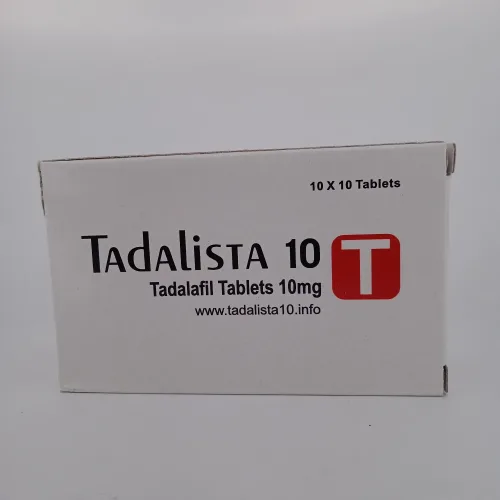we are committed to ensuring complete customer satisfaction.
Welcome to the new AIPCTSHOP! Better design, smoother checkout, and the same reliable delivery you trust.
USD $0.00
Cart TotalNo products in the cart.
Exclusive Products
USD $35.00 Original price was: USD $35.00.USD $31.50Current price is: USD $31.50.Add to cart
Vomistop 10 mg – 500 pill
Hair loss is a common concern that affects both men and women, but the causes and patterns often differ significantly. Understanding these differences can guide more effective treatments and realistic expectations. Always consult a medical professional before following any health advice or setting out a new health plan.
Pattern of Hair Loss
Male hair loss typically begins with a receding hairline and thinning at the crown, often leading to baldness. Female hair loss usually presents as overall thinning on the crown while maintaining the hairline. Recognising these patterns helps determine the right treatment and manage expectations effectively.
Hormonal Influences
In men, hair loss is mainly driven by dihydrotestosterone (DHT), a testosterone byproduct that shrinks follicles. In women, hormonal changes from pregnancy, menopause, or thyroid issues often trigger hair thinning. Understanding these hormonal differences can guide personalised treatment approaches, especially when considering medications or supplements.
Age of Onset
Men may notice hair thinning as early as their 20s or 30s, while women often experience noticeable loss during hormonal transitions like menopause. Early recognition and action can slow the progression for both genders, but women tend to seek treatment later due to more subtle early signs.
Emotional Impact and Self-Esteem
Hair loss often affects emotional well-being, but women may experience greater psychological distress due to societal beauty standards. Men are more likely to accept hair loss as a natural part of ageing. Emotional support and counselling can be a helpful part of managing hair-related self-image concerns.
Common Causes
While male hair loss is most often genetic, women may experience shedding from a broader range of causes, such as iron deficiency, autoimmune conditions, and stress. Identifying the underlying issue through lab tests and medical consultation is key to selecting an effective treatment path for each individual.
Response to Treatments
Men typically respond well to DHT blockers like finasteride and topical treatments like minoxidil. Women may also benefit from minoxidil but often need additional support like hormone therapy, dietary changes, or addressing nutrient deficiencies. Personalised treatment plans improve outcomes for both sexes by targeting specific causes.
Hair Transplant Eligibility
Hair transplants are more common in men due to well-defined balding areas. Women often have diffuse thinning, making them less ideal candidates. However, select women with stable hair loss patterns may still benefit. A proper evaluation is necessary to determine if this surgical option is appropriate.
Styling and Concealing Options
Women often use hairstyles, volumising products, and scalp concealers to manage thinning hair more discreetly. Men may opt to shave their heads, wear hats, or apply fibres. Both genders benefit from professional advice on styling techniques and product use that minimise the appearance of hair loss.
Hair Cycle Differences
Women usually have longer hair growth cycles, which means slower shedding but also slower regrowth after loss. Men experience more rapid follicle miniaturisation. These differences affect how quickly treatments show results and highlight the importance of patience and consistency when managing hair health.
Preventive Approaches
Men may begin preventive treatments earlier based on family history. Women should watch for signs like wider part lines or more hair in the brush. Early intervention using scalp care, stress management, and targeted nutrition can help both men and women preserve their hair for longer.
Conclusion
While both men and women experience hair loss, the patterns and underlying causes differ. By understanding these differences and exploring targeted treatments, individuals can take proactive steps toward improving hair health and confidence. Always speak with a medical professional before beginning any treatment plan.
Popular Post
Genetic Factors Behind Hair Loss
October 17, 2025
The Importance of Regular Sexual Checkups
October 21, 2025
Safe Sex Practices Everyone Should Know
October 21, 2025
Preventing Hair Thinning Naturally
October 17, 2025
















